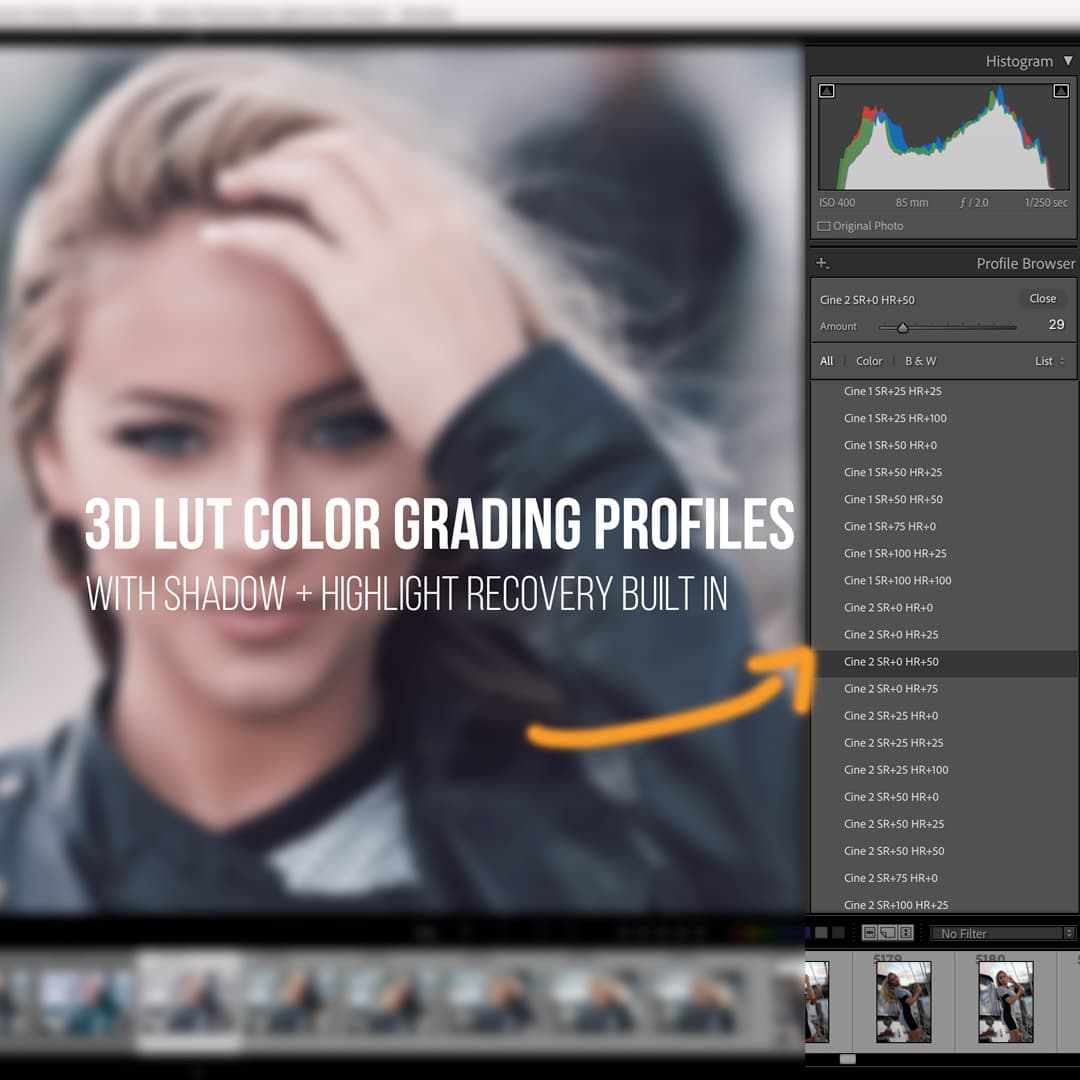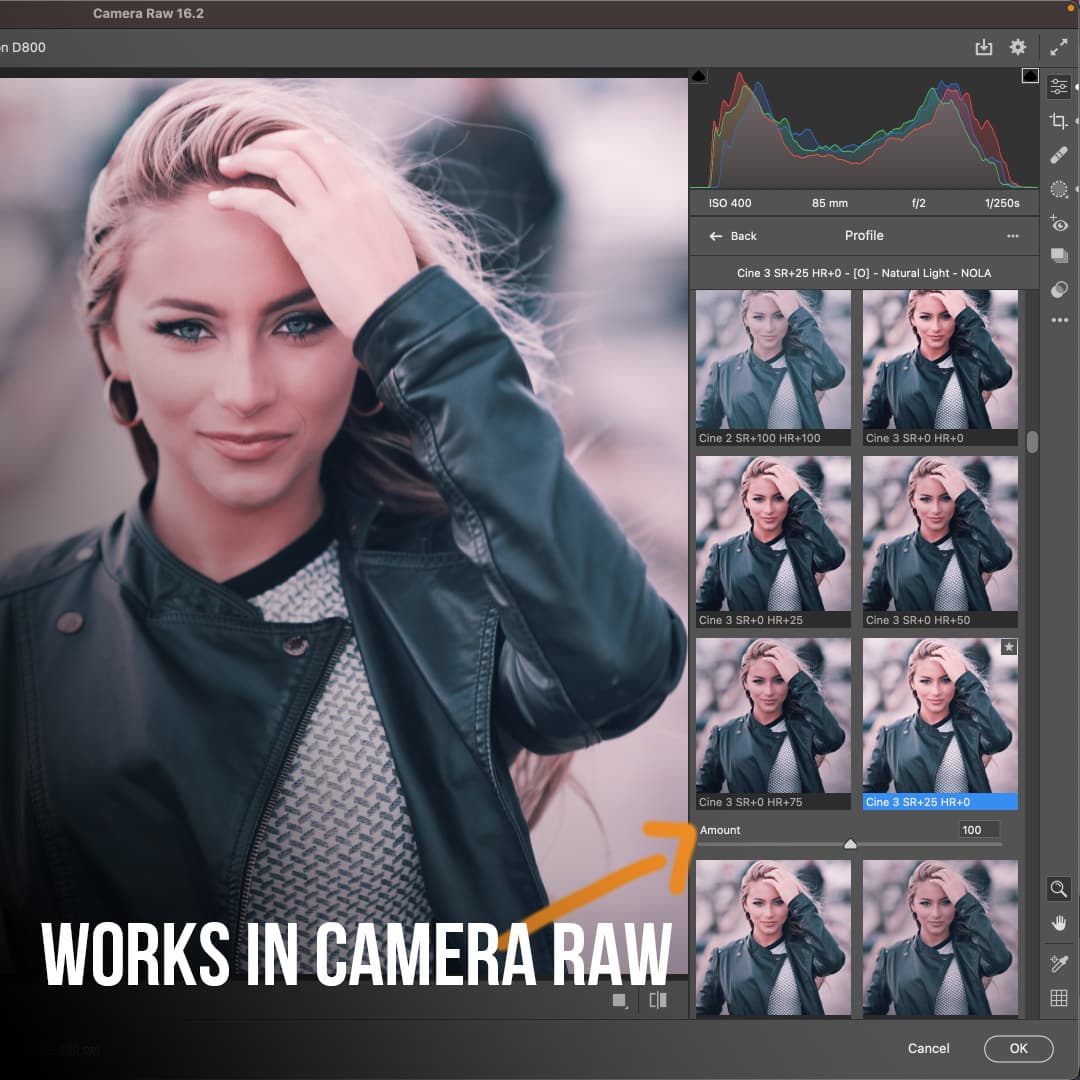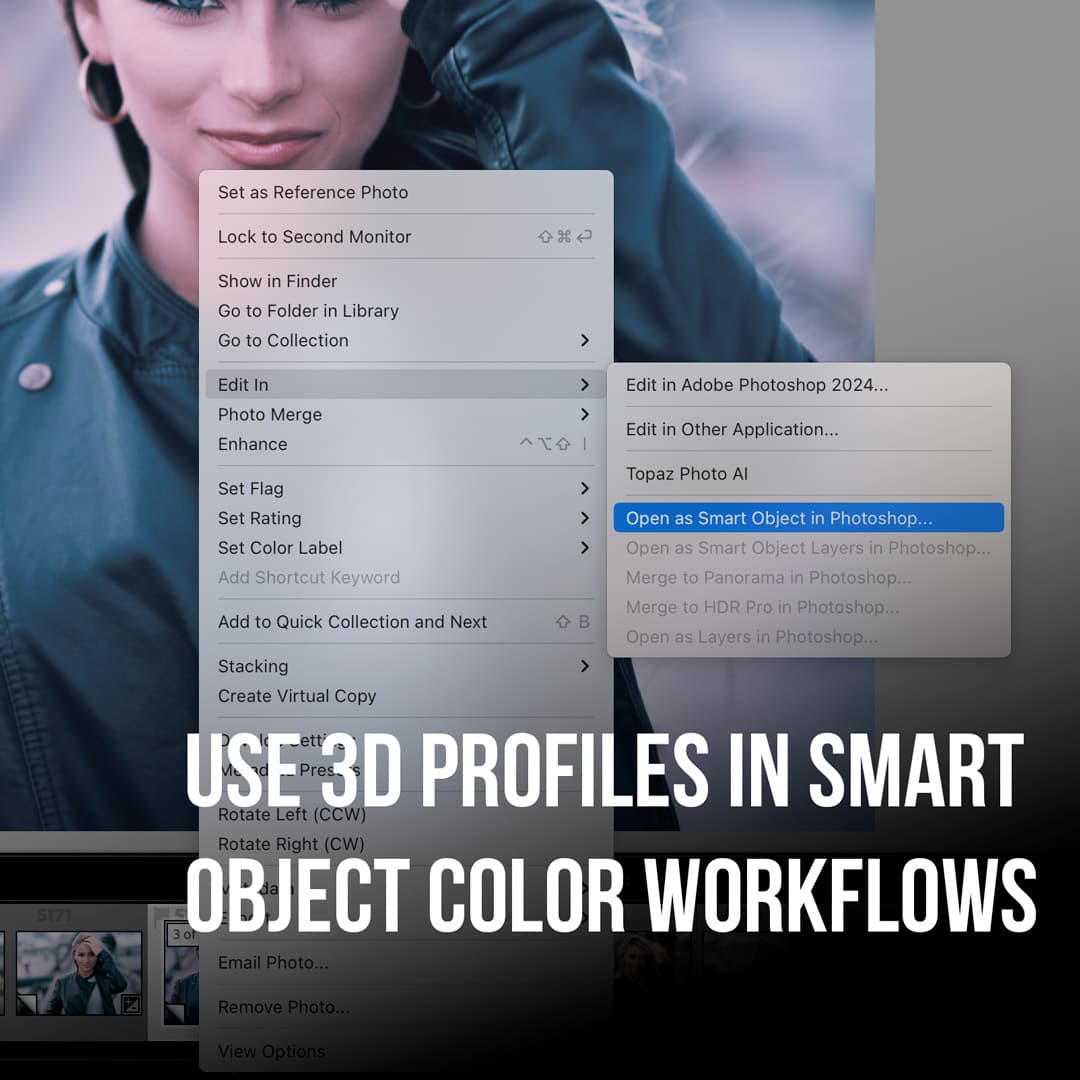Removing backgrounds in Photoshop is a valuable skill for photographers, designers, and digital artists. Whether you're creating product images, designing marketing materials, or crafting digital art, knowing how to isolate subjects from their backgrounds can elevate your work to new heights.
Photoshop offers several powerful tools and techniques to remove backgrounds efficiently. We'll guide you through the process of removing backgrounds in Photoshop, covering both quick and advanced techniques.
You'll learn how to use Quick Actions for simple removals and more precise tools for complex images. By the end of this guide, you'll be equipped with the knowledge to tackle various background removal challenges.
Key Takeaways
- Photoshop provides multiple tools for removing backgrounds, from automatic options to manual selection methods
- Proper image preparation and initial selections are crucial for achieving clean background removals
- Saving your work in the correct format preserves transparency for seamless integration into other projects
Understanding the Basics of Photoshop
Photoshop's interface comprises key components that enable efficient image editing. We'll explore the workspace layout, essential tools, and the critical role of layers and panels in creating and modifying images.
The Workspace and Tools
The Photoshop workspace is highly customizable, allowing us to tailor it to our workflow.
At the top, we find the Options Bar, which displays settings for the currently selected tool.
On the left, the Tools panel houses various instruments for editing, such as the Move Tool, Brush Tool, and Selection Tools.
The document window occupies the central area, displaying our active image. We can zoom in or out using keyboard shortcuts (Ctrl/Cmd + and -) or the Zoom Tool. The Navigator panel helps us move around large images quickly.
Photoshop's tools are diverse and powerful. The Brush Tool allows freehand painting, while the Eraser Tool removes unwanted elements. Selection tools like the Lasso and Magic Wand help isolate specific areas for editing.
Layers and Panels
Layers are fundamental to Photoshop's functionality. The Layers Panel displays all layers in our document, allowing us to organize and manipulate elements independently.
Key layer features include:
- Opacity control
- Blending modes
- Layer masks
- Adjustment layers
We can access additional panels like the Properties Panel and Color panel through the Window menu. The Properties Panel provides context-sensitive options for selected layers or tools, streamlining our workflow.
The Creative Cloud integration in Photoshop enables us to sync settings and access cloud-stored assets. This feature ensures consistency across devices and facilitates collaboration on projects.
Preparing Your Image
Before removing the background in Photoshop, we need to set up our image correctly. Proper preparation ensures a smoother editing process and better results.
Opening the Image
We start by launching Adobe Photoshop and opening our desired image. To do this, we click on "File" in the top menu, then select "Open" and navigate to our image file. Alternatively, we can drag and drop the image directly into Photoshop's workspace.
Once opened, we examine the image to ensure it's suitable for background removal. High-contrast images with clear edges between the subject and background work best. If the image is low resolution or blurry, we may need to find a better quality version.
We also check the image size. If it's too small, we might consider upscaling it before proceeding. However, we should be cautious as upscaling can sometimes reduce image quality.
Creating a Duplicate Layer
Creating a duplicate layer is crucial for non-destructive editing.
We locate the Layers Panel on the right side of the screen. If it's not visible, we can open it by going to "Window" > "Layers" in the top menu.
In the Layers Panel, we right-click on the background layer and select "Duplicate Layer." Alternatively, we can use the keyboard shortcut Ctrl+J (Windows) or Cmd+J (Mac). This creates an exact copy of our original image on a new layer.
Working on a duplicate layer allows us to preserve the original image. If we make mistakes or want to start over, we can simply delete the duplicate layer and create a new one.
We rename this new layer for better organization. Double-clicking on the layer name lets us change it to something descriptive like "Background Removal."
Making Initial Selections
Selecting the background is the first crucial step in removing it from an image. We'll explore three powerful tools in Photoshop that make this process efficient and precise.
Using Quick Selection Tool
The Quick Selection Tool is a versatile option for making initial selections. We can find it in the toolbar, represented by a paintbrush icon with a dotted oval.
To use it, we simply click and drag over the areas we want to select.
The tool automatically detects edges and expands the selection accordingly. We can adjust the brush size using the [ and ] keys for more precise control.
For complex images, we may need to make multiple passes. We can add to the selection by continuing to paint or subtract from it by holding the Alt key while painting.
The Magic Wand Tool
The Magic Wand Tool is ideal for selecting areas of similar color.
We click on a part of the image, and it selects all connected pixels of a similar color range.
We can adjust the tool's tolerance in the options bar. A lower tolerance selects fewer shades, while a higher tolerance includes a broader range of colors.
For backgrounds with varying colors, we might need to make multiple selections. We can hold Shift to add to our selection or Alt to subtract from it.
The Magic Wand works best on images with clear color distinctions between the subject and background.
The Object Selection Tool
The Object Selection Tool uses AI to identify and select objects in an image.
We draw a rough rectangle or lasso around the object we want to keep, and Photoshop intelligently selects its edges.
This tool is particularly useful for complex subjects with intricate details. It often produces cleaner selections than manual methods, especially for hair or fur.
We can refine the selection using the Select and Mask workspace, accessible from the options bar. Here, we can smooth edges, feather the selection, and adjust the border contrast for a more precise result.
Refining Edges with Select and Mask
The Select and Mask workspace in Photoshop offers powerful tools for refining edges and creating precise selections. We'll explore how to adjust edge detection and fine-tune selections for optimal results.
Adjusting Edge Detection
To access the Select and Mask workspace, we can click the Select and Mask option in the top menu after making an initial selection. This opens the Properties tab with various settings to refine our selection.
The Edge Detection slider helps determine how Photoshop identifies edges. We can increase the radius to detect softer edges or decrease it for harder edges.
For complex subjects like hair or fur, the Smart Radius option automatically adjusts the detection radius. This is particularly useful when dealing with varying edge types within the same image.
The Refine Edge Brush tool allows us to manually paint over tricky areas. We can use it to include fine details or exclude unwanted elements from our selection.
Fine-Tuning the Selection
Once we've adjusted edge detection, we can further refine our selection using various tools.
The Smooth slider helps eliminate jagged edges, while Feather softens the selection boundary.
Contrast can be adjusted to sharpen or soften the edge transition. Shifting the edge inward or outward is possible with the Shift Edge slider.
We can also use the Refine Edge Brush tool to manually paint over areas that need more precise refinement. This is especially helpful for intricate details like hair strands or fur.
The Output Settings allow us to choose how to apply our refined selection. We can output to a new layer with layer mask, create a new document, or simply update the current selection.
Removing the Background
Photoshop offers multiple effective techniques for removing backgrounds from images. We'll explore three powerful methods that can help you achieve clean, professional results.
Using the Background Eraser Tool
The Background Eraser Tool is a versatile option for removing backgrounds in Photoshop. We select it from the toolbar, usually grouped with the regular Eraser Tool.
To use it effectively, we adjust the brush size to fit the area we're working on. A harder brush edge works well for crisp lines, while a softer edge is better for blending.
We carefully move the tool along the edges of the subject, allowing it to sample colors and erase the background. The tool is particularly useful for removing backgrounds with complex edges or hair.
For best results, we zoom in and work slowly, paying close attention to detail. If we make a mistake, we can always undo and try again.
Employing the Brush Tool
The Brush Tool offers precise control for manual background removal.
We start by creating a new layer and using the Brush Tool to paint over the areas we want to keep.
We set the brush color to black and paint over the subject. Then we invert the selection (Ctrl+Shift+I on Windows, Cmd+Shift+I on Mac) and delete the background.
This method works well for images with clear, defined edges. We can adjust brush size and hardness as needed for different areas of the image.
For intricate details, we use a smaller brush size and zoom in for accuracy. The Brush Tool allows for fine-tuned adjustments, making it ideal for complex images.
Applying a Layer Mask
Layer masks provide a non-destructive way to remove backgrounds in Photoshop.
We start by selecting the subject using tools like the Quick Selection Tool or Magic Wand.
Once we have our selection, we click the "Add Layer Mask" button at the bottom of the Layers panel. This creates a mask that hides the background while keeping the subject visible.
We can refine the mask using the Brush Tool, painting with black to hide areas or white to reveal them. This method allows for easy adjustments and corrections.
Layer masks are particularly useful for complex images or when we need to make changes later. We can always edit the mask without affecting the original image.
Advanced Techniques
Advanced background removal techniques in Photoshop offer precise control and excellent results for complex images. These methods require more skill but provide superior outcomes for challenging subjects.
The Pen Tool for Precision
The Pen Tool is essential for creating accurate selections around intricate shapes.
We start by zooming in and carefully tracing the outline of our subject. Clicking creates anchor points, while clicking and dragging forms curved segments.
For hair or fur, we use the Pen Tool to create a rough outline. We then refine this selection using Layer Masks and adjustment brushes. This combination allows for natural-looking edges.
After completing the path, we convert it to a selection. We can then inverse this selection to isolate the background. The Pen Tool's precision is unmatched for subjects with clear, defined edges.
Complex Selections
For images with intricate details, we employ a combination of selection tools. The Quick Selection Tool serves as a starting point, quickly selecting large areas.
We then refine this selection using the Select and Mask workspace. In Select and Mask, we utilize the Refine Edge Brush to improve difficult areas like hair.
Next, we adjust the Radius and Smoothness sliders to create natural transitions. The Output settings allow us to generate a new Layer Mask directly.
For very complex images, we might use multiple Layer Masks in conjunction with blend modes. This approach gives us fine control over transparency and edge blending.
Finalizing and Saving Your Work
After removing the background, it's crucial to ensure your image is properly prepared and saved. We'll cover the key steps to finalize your work and export it in the optimal format.
Ensuring a Transparent Background
To confirm your background is truly transparent, we recommend using Photoshop's built-in checkerboard pattern. This pattern appears behind areas with no pixels, indicating transparency.
Select the Background layer in your Layers panel. If it's locked, double-click to unlock it.
Press Delete to remove any remaining background. The checkerboard pattern should now be visible.
For precision, use the Zoom tool to inspect edges closely. Clean up any imperfections with the Eraser tool.
We suggest creating a new solid color fill layer beneath your main image. This helps spot any lingering pixels or imperfections that need attention.
Exporting Your Image
When your transparent background is ready, it's time to save your work. We recommend using the PNG format for best results.
Go to File > Export > Export As. In the dialog box, choose PNG from the format dropdown.
Make sure the "Transparency" checkbox is ticked. This preserves the transparent areas we've created.
Adjust the Quality slider as needed. Higher quality results in larger file sizes but better image fidelity.
Click Export and choose your desired save location. Your image is now ready for use in other projects or platforms that support transparent backgrounds.
Don't forget to save a PSD version of your file as well. This preserves layers and allows for future edits if needed.
Utilizing Quick Actions for Efficiency
Quick Actions in Photoshop provide a fast and efficient way to remove backgrounds from images. We'll explore how to leverage these powerful tools to streamline your workflow and achieve professional results with minimal effort.
Auto-Remove Background Feature
Photoshop's Auto-Remove Background feature is a game-changer for quick edits. We can access this tool through the Quick Actions panel.
To use it, we simply open our image and look for the Remove Background button in the Properties panel.
This feature uses AI to automatically detect and remove the background, saving us significant time compared to manual methods. It works well for images with clear subjects, but may require some touch-ups for complex scenes.
For batch processing, we can create an action that includes the Remove Background step. This allows us to apply the effect to multiple images quickly.
Applying Quick Actions
We can find Quick Actions by using the search icon or keyboard shortcut Cmd+F / Ctrl+F to open the Discover Panel. Here, we'll find various editing options, including background removal.
To apply a Quick Action:
- Select the desired layer
- Choose the appropriate Quick Action
- Let Photoshop process the image
Quick Actions aren't limited to background removal. We can explore other options like color adjustments, sharpening, and more to enhance our workflow.
If we need more control, we can refine the results using layer masks and adjustment layers after applying the Quick Action. This combination of automated tools and manual tweaks gives us the best of both worlds.
Frequently Asked Questions
Photoshop offers multiple tools and techniques for removing backgrounds from images. We'll explore the most effective methods, from manual selection to AI-powered automation, to help you achieve professional results.
What are the steps to remove a background in Photoshop with the Quick Selection Tool?
The Quick Selection Tool is a popular choice for background removal. We start by selecting the tool from the toolbar.
Next, we brush over the subject to create a selection. To refine the selection, we use the "Add to" and "Subtract from" options.
Finally, we invert the selection and delete the background.
How can I make a background transparent in Photoshop?
To create a transparent background, we first remove the existing background using any selection tool. Then, we delete the selected area.
Next, we save the image in a format that supports transparency, such as PNG or GIF. When saving, we ensure the "Transparency" option is checked.
What is the process for using the Background Eraser Tool to remove backgrounds in Photoshop?
The Background Eraser Tool is ideal for removing complex backgrounds. We select the tool and adjust its brush size, tolerance, and sampling options.
We then carefully erase around the edges of the subject, paying attention to fine details. For best results, we use a graphics tablet for precise control.
How can the Lasso Tool be used to remove background elements from an image in Photoshop?
The Lasso Tool is useful for manually selecting irregular shapes. We choose the appropriate Lasso Tool variant: Standard, Polygonal, or Magnetic.
We then trace around the subject to create a selection. After refining the selection if needed, we invert it and delete the background.
What techniques are available for removing a white background from an image in Photoshop?
For white backgrounds, we can use the Magic Wand Tool to quickly select the background. Alternatively, we can use the Select Color Range feature for more precise selection.
After selection, we delete the background or add a layer mask to hide it non-destructively.
How do I use Photoshop's AI-powered features to automate background removal?
Photoshop's AI features, like the Remove Background Quick Action, offer one-click background removal.
We open our image and click the "Remove Background" button in the Properties panel.
For further refinement, we can use the Select Subject feature combined with Select and Mask workspace.





















